100 % more pressure - MTU Aero Engines
100 % more pressure - MTU Aero Engines
100 % more pressure - MTU Aero Engines
Create successful ePaper yourself
Turn your PDF publications into a flip-book with our unique Google optimized e-Paper software.
70<br />
In 2011, <strong>MTU</strong> increased its share<br />
in the PW<strong>100</strong>0G program.<br />
technOlOGies FOr enGines OF the Future<br />
cOmmercial enGine prOGrams<br />
In cooperation with Pratt & Whitney, <strong>MTU</strong> is working on a new generation of engines known as the<br />
geared turbofan (GTF) PurePower ® PW<strong>100</strong>0G. Unlike conventional turbofans, in which the fan and<br />
low-<strong>pressure</strong> turbine run at the same speed on a single shaft, the geared turbofan places a reduction<br />
gear between the two components to decouple them. This enables the large fan to operate at a lower<br />
speed and the low-<strong>pressure</strong> turbine at a higher speed, thus improving the efficiency of the fan and<br />
the low-<strong>pressure</strong> turbine, lowering fuel consumption and CO2 emissions by 15 % each, and halving<br />
perceived noise levels. What is <strong>more</strong>, the lower number of parts and stages makes the engine lighter.<br />
<strong>MTU</strong>’s contribution to the geared turbofan comprises the high-speed low-<strong>pressure</strong> turbine and parts<br />
of the high-<strong>pressure</strong> compressor.<br />
Airbus is offering the GTF as an option for the A320neo (which seats 150 to 200 passengers), while<br />
at Bombardier it is the sole powerplant option for its CSeries <strong>100</strong>- to 145-seater regional jet. GTF<br />
launch customer Mitsubishi is using the engine to equip its MRJ regional jet, which seats between<br />
70 and 90 passengers. Russian aircraft maker Irkut also intends to equip its 150-seater MS-21 with<br />
the PW<strong>100</strong>0G engine.<br />
<strong>MTU</strong> holds a 15 % share in the PW1217G program for the MRJ. In 2011, it secured an 18 % share in<br />
the PW<strong>100</strong>0G program for the A320neo. In the latter program, <strong>MTU</strong> is also making the engine’s<br />
brush seals, manufacturing components for the high-<strong>pressure</strong> compressor, and is responsible for<br />
part of the final assembly and testing work. In the financial year 2011, <strong>MTU</strong> raised its share in the<br />
PW1524G program for the Bombardier CSeries from 15 to 17 %.<br />
In June 2011, the geared turbofan reached a key milestone on the way to series production, with the<br />
PW1524G completing its first successful flight on Pratt & Whitney’s flying testbed, a Boeing 747.<br />
An important program for future widebody aircraft is that of the GEnx engine, which will power the<br />
Boeing 787 Dreamliner and the new Boeing 747-8, and where <strong>MTU</strong> is responsible for the development,<br />
production and assembly of the turbine center frame. In March 2011, the first 747-8 Intercontinental<br />
took off on its maiden flight, equipped with GEnx engines.<br />
military enGine prOGrams<br />
Development activities in the military segment continued to focus on the TP400-D6 for the Airbus<br />
A400M military transporter. This three-shaft engine is the most powerful turboprop engine in the<br />
Western world. <strong>MTU</strong> is contributing the entire intermediate-<strong>pressure</strong> section, comprising compressor,<br />
turbine and spool. It is also developing the engine and propeller control system in cooperation with<br />
its French partner Snecma. Following the completion of comprehensive performance, endurance<br />
and safety tests, a key milestone on the path toward deployment of this engine by national air forces<br />
was reached in May 2011, when the European Aviation Safety Agency (EASA) officially approved its<br />
use on commercial aircraft.<br />
<strong>MTU</strong>’s involvement in General Electric’s GE38 helicopter engine program takes the company into<br />
uncharted waters, marking the first time that it has taken on full development responsibility within<br />
an U.S. military engine program. The GE38’s first application will be in the Sikorsky Aircraft Corporation’s<br />
CH-53K heavy-lift transport helicopter. <strong>MTU</strong> is responsible for the power turbine and has<br />
obtained licenses for the maintenance, final assembly and testing of the GE38 engines destined to<br />
power the European Future Transport Helicopter (FTH). Thus far, the development program has been<br />
proceeding according to plan, with the first module being delivered in May 2011 for flight testing.


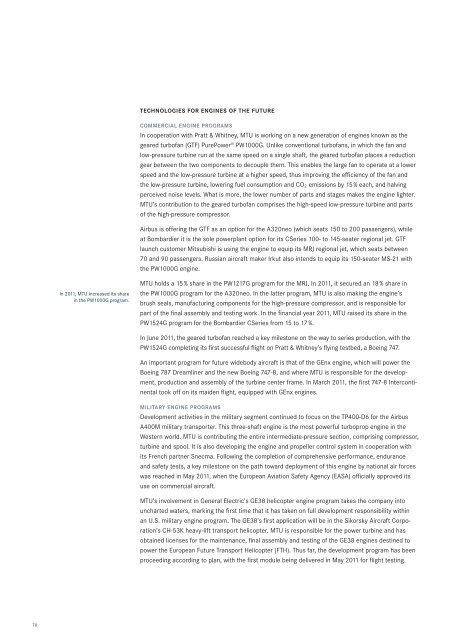


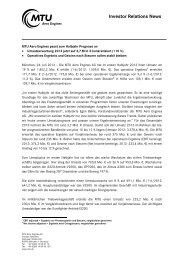
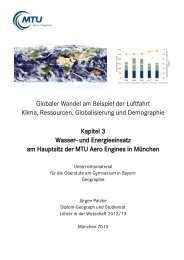
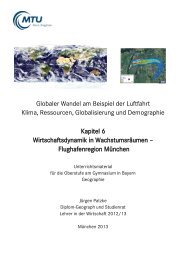
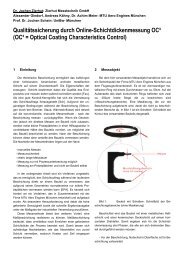
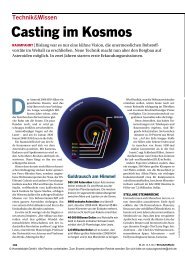

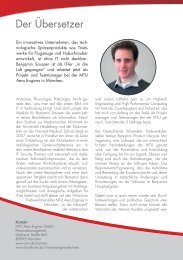
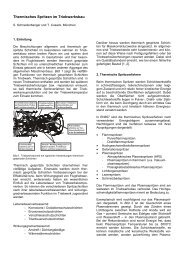
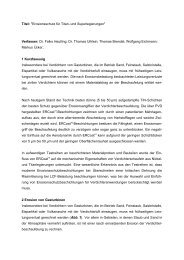


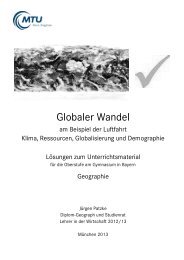
![Download PDF [5,37 MB] - MTU Aero Engines](https://img.yumpu.com/21945461/1/190x125/download-pdf-537-mb-mtu-aero-engines.jpg?quality=85)